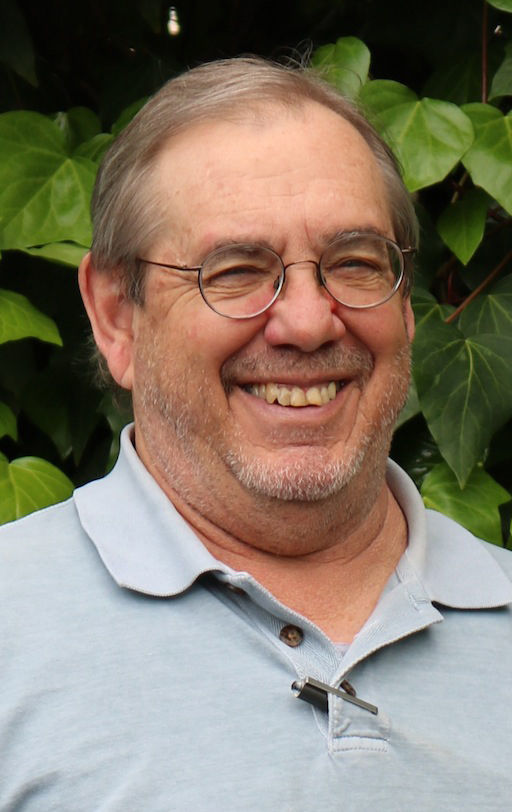It’s the job of all journalists to tell the truth. Some of us are better at this than others. And, sadly, there are many people today who claim to be journalists and are not. Worse, way too many people mistake people they see on TV or in their Facebook feed as real journalists. All of this is making the job of professional journalists tougher and tougher by the day. The way you can tell who is a real journalist and who isn’t can be found in the tools, methods and sources they use to uncover the news, check the facts and report with total fairness.
As we now move into the 2020 Election Season, all would-be voters, good citizens and everyone else could benefit from borrowing many of the tools that can be found in a journalist’s toolbox. And, lesson one for everyone is: how can you tell if something is the truth, anyway?
What we know about the truth, real news, fake news and journalism is what we demonstrate in our daily and weekly local news reporting and audience engagement. Sonoma West Publishers is 25 years old and this journalist has been working at newspapers for 46 years, since 1974. It is an essential prerequisite for success in the news business to not only tell the truth, but also that our readers believe us to be telling them the truth. If we are not telling them the truth — or even if they, for any reason, believe that we are not — then we would have long ago taken up another profession such as plumbing, fishing or gambling.
At Sonoma West Publishers, our facts are accurate and fairly presented. We double and triple-check our facts, especially political items, but also scientific claims. We use time-tested sources of information like dictionaries, published news archives, historical records, vetted government reports, expert testimony, eyewitness accounts, court verdicts, peer-reviewed studies and various internet-based tools and databases. When we make a mistake we correct it as soon as it is discovered or brought to our attention.
We strive to identify all of our sources of information in our reporting and we always attribute statements, quotes and opinions by name. We do not use anonymous sources except as a very last resort or to protect an innocent person. If a particular source might have a bias, we alert our readers by listing that person’s title, role or past record.
Our “core principles” are: 1. Keep the news clear, accessible, accurate and useful; 2. Don’t play favorites; 3. Separate news from commentary; 4. Treat the news as public property without fear or favor of friend or foe; 5. Accept no charity and ask no favors; 6. To inform is good, to educate is better. Help solve problems; and, 7. Be 100% accountable and transparent to readers, advertisers, investors and all others.
Unlike many of the interviewers on TV “news” shows, real journalists never pay for information or an exclusive interview and we never accept payments. We respect and protect an individual’s privacy. But at the same time we must hold public officials and public figures accountable. Journalists seek the truth to defend facts from lies, to separate news from opinion and to uphold the common trust and common knowledge that is required to maintain a shared public life and a democracy.
In the upcoming election — especially the historical choice for a new U.S. president — the truth will be under attack from all sides. No, we are not thinking of Russia; we are talking about the many unverified forms of information, misinformation and disinformation too readily available on the devices glued to our hands, eyes and ears. We also are talking about FOX, CNN and other opinion-based mock news programming. Just as voters should carefully research the bios of all election candidates, they should also check the bios and careers of the journalists they seek to trust.
Does that sound fair?








